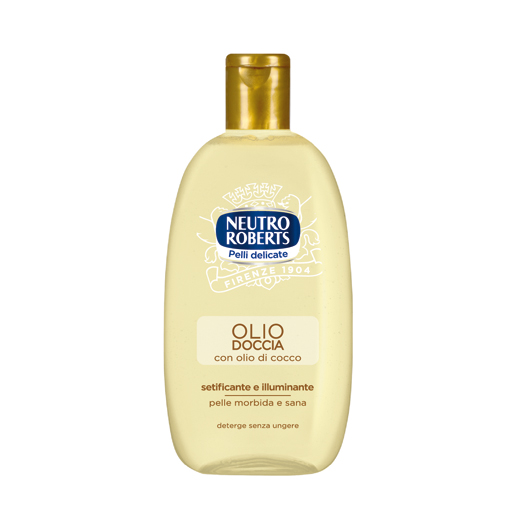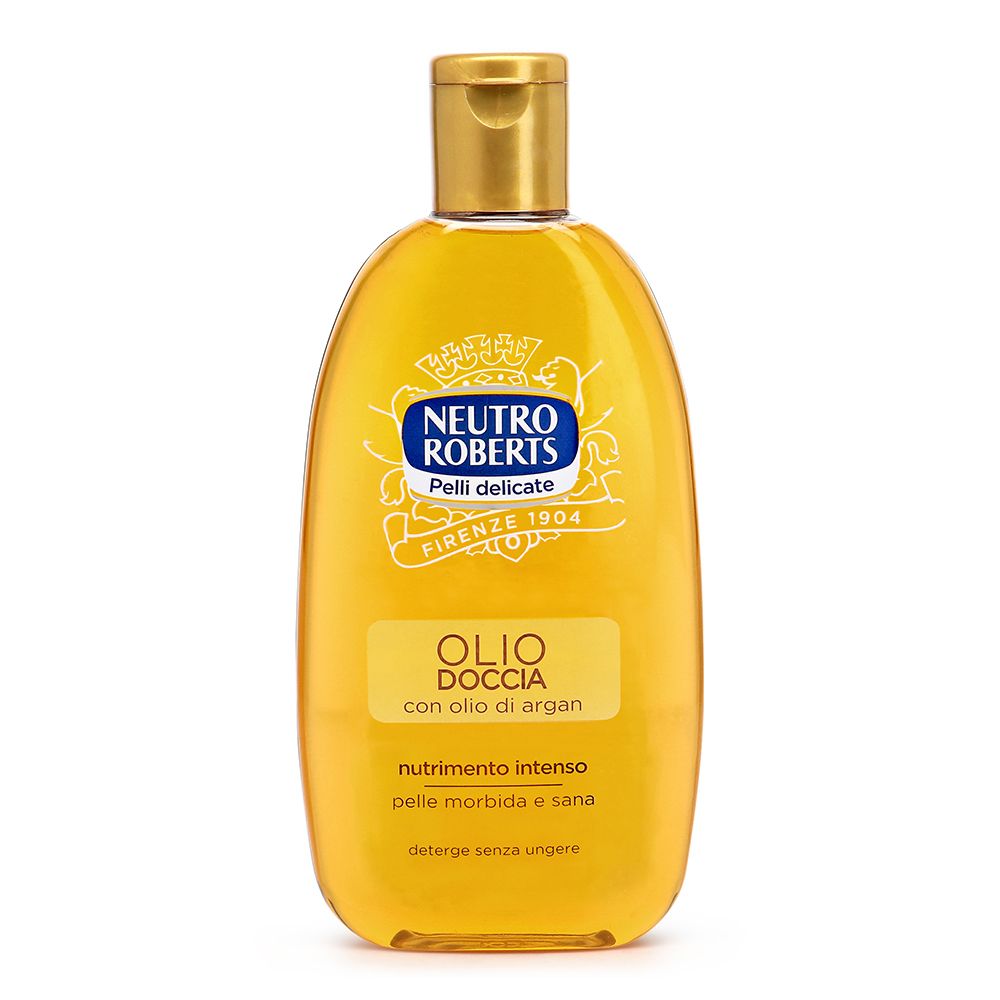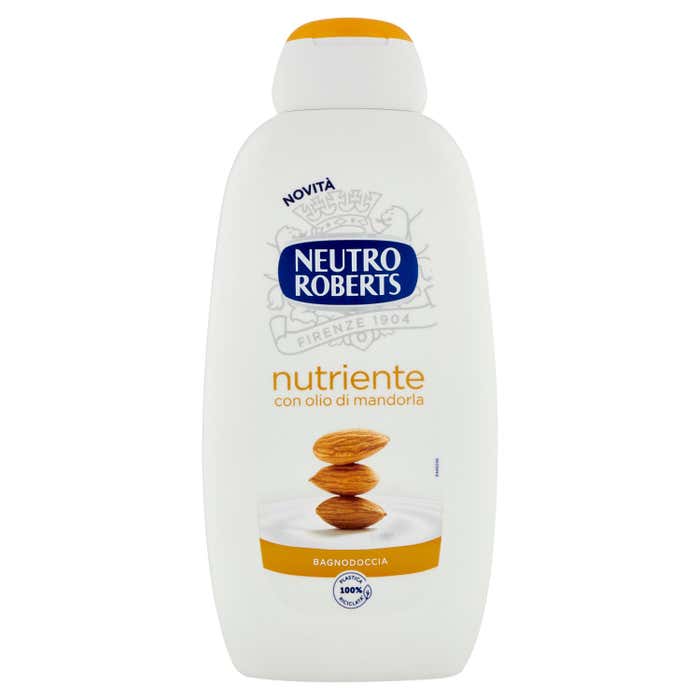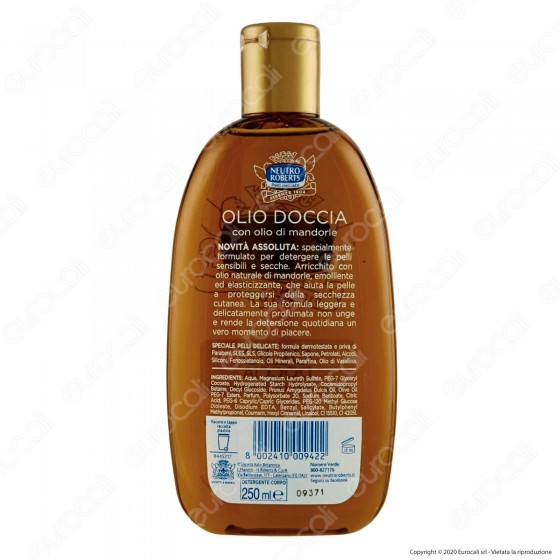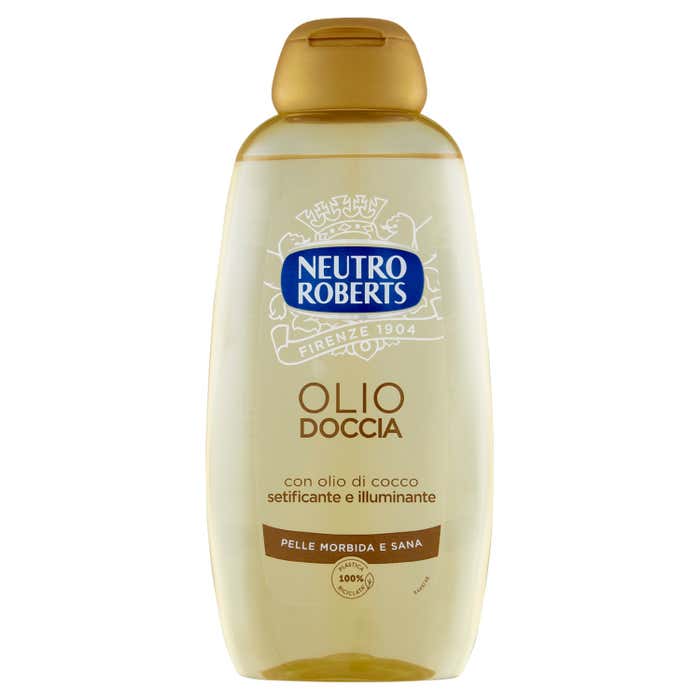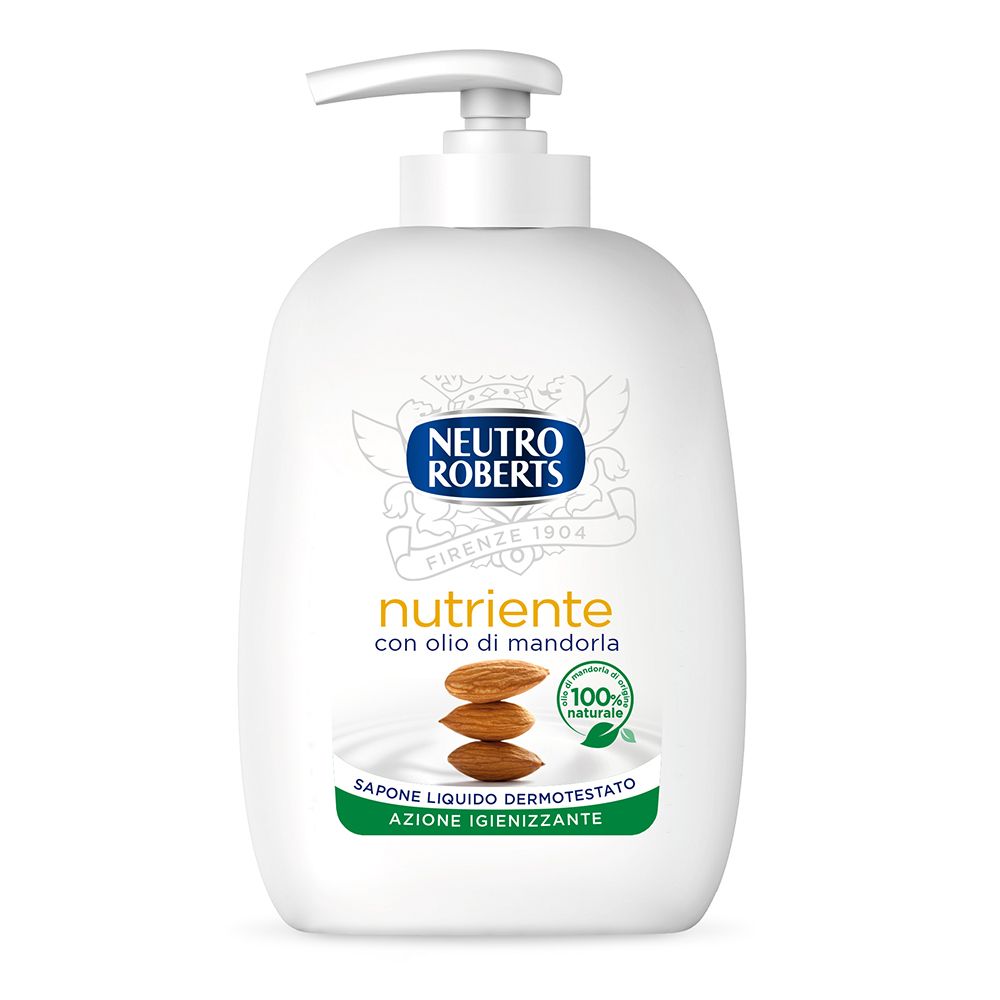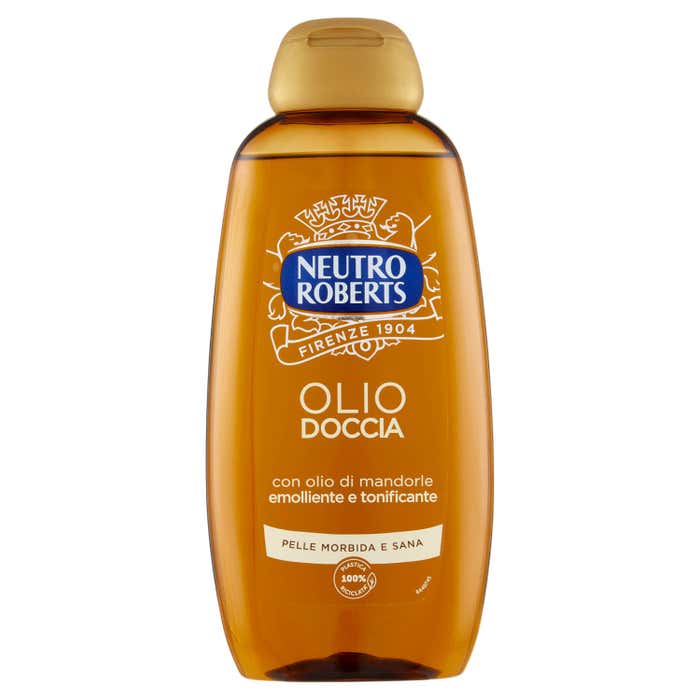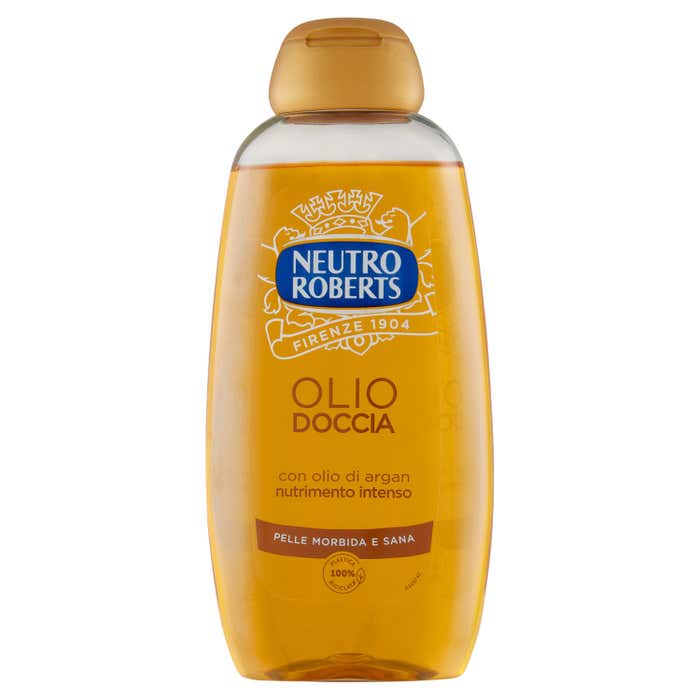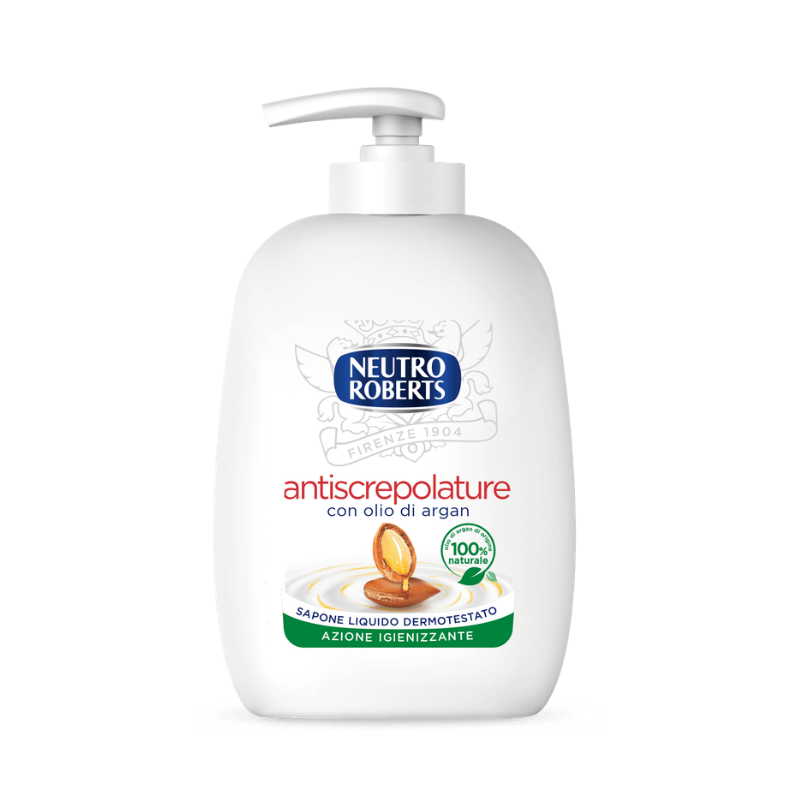
Neutro Roberts Olio Doccia con Olio di Cocco, Ottimo per Pelli Delicate, Formula Addolcente e Protettiva per una Pelle Morbida e Sana, Deterge e Idrata, non Unge, Flacone da 250 ml :

NEUTRO ROBERTS SAPONE LIQUIDO NUTRIENTE CON OLIO DI MANDORLA DISPENSER 200 ML CON AZIONE IGIENIZZANTE - PiùMe

Neutro Roberts Olio Doccia con Olio di Cocco, Ottimo per Pelli Delicate, Formula Addolcente e Protettiva per una Pelle Morbida e Sana, Deterge e Idrata, non Unge, Flacone da 250 ml : Amazon.it: Bellezza

Neutro Roberts Olio Doccia con Olio di Cocco, Ottimo per Pelli Delicate, Formula Addolcente e Protettiva per una Pelle Morbida e Sana, Deterge e Idrata, non Unge, Flacone da 250 ml :

Neutro Roberts Olio Doccia con Olio d'Argan, ottimo per Pelli Delicate, Formula Nutriente e Idratante per una Pelle Morbida e Sana, Deterge Senza Ungere, Flacone da 250 ml : Amazon.it: Bellezza

3x Neutro Roberts Olio Doccia con Olio Naturale di Argan Nutrimento Intenso - 3 Flaconi da 250ml ognuno : Amazon.it: Bellezza



